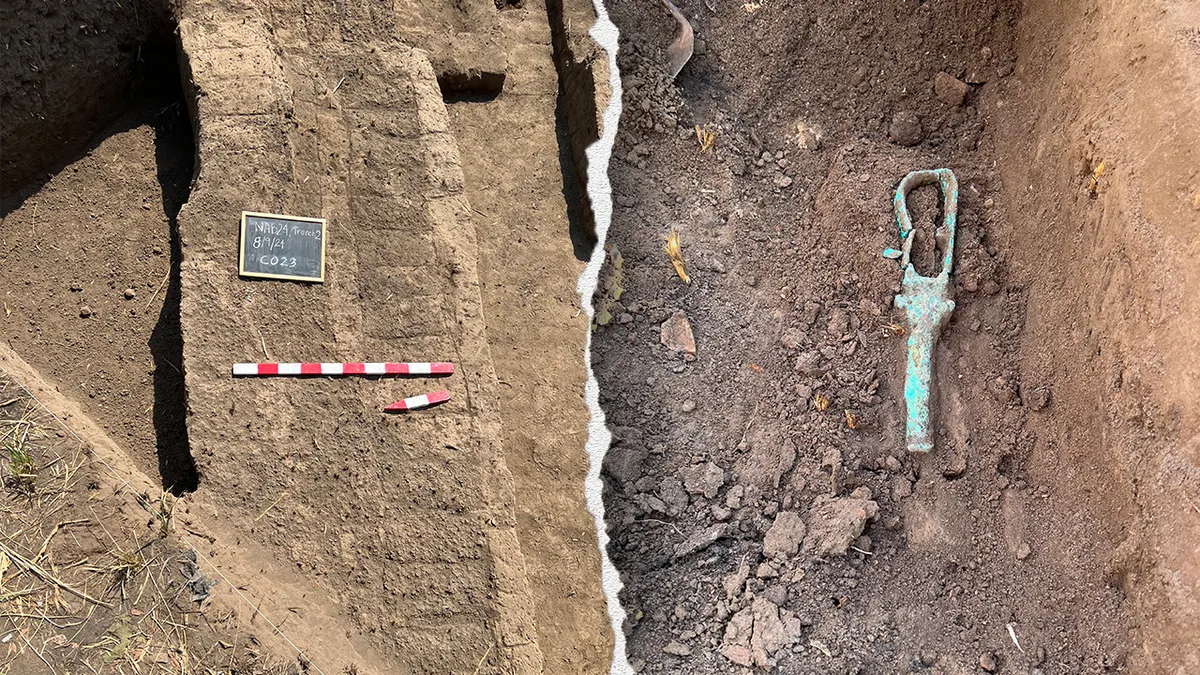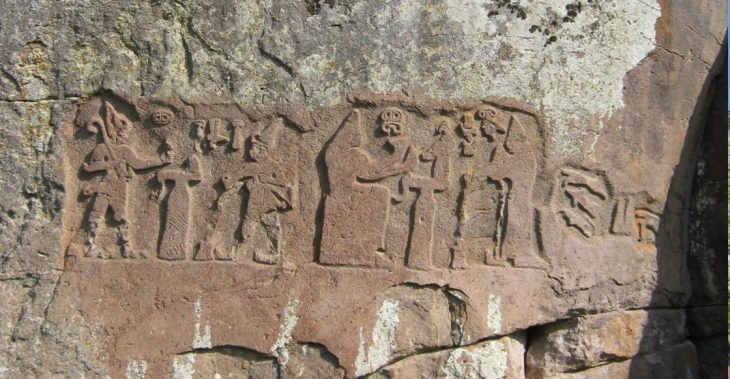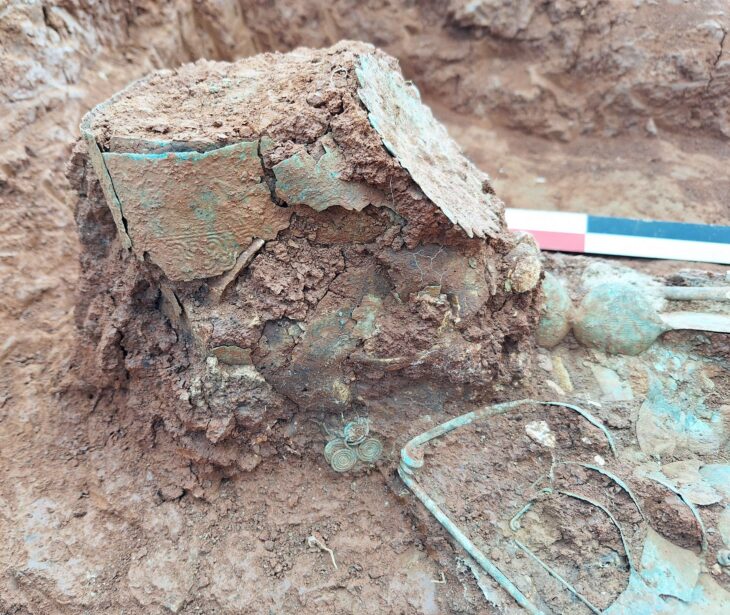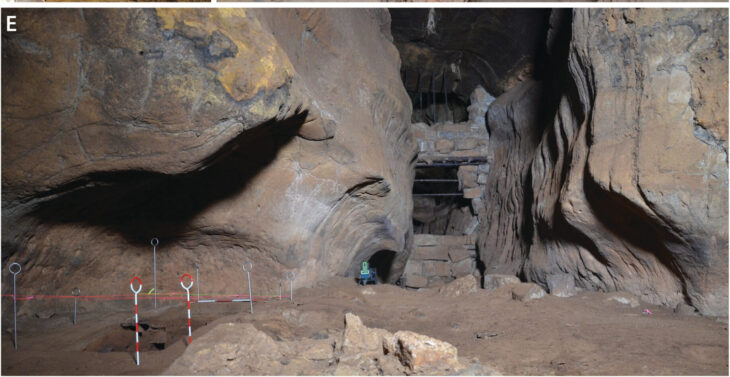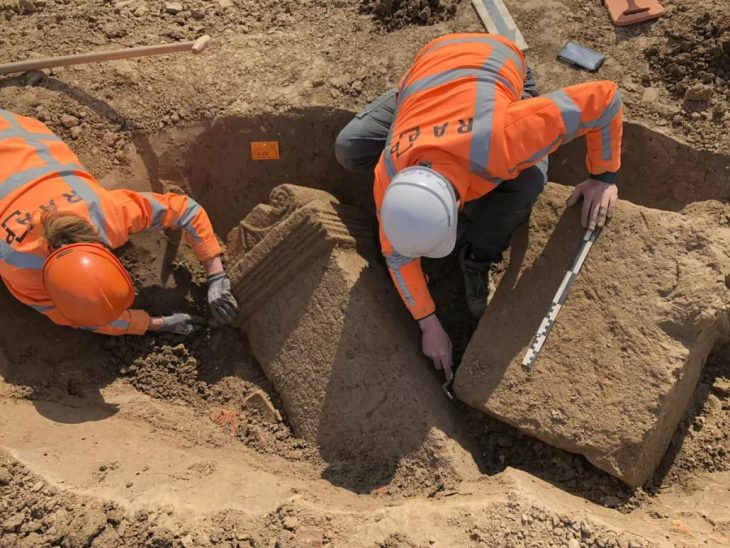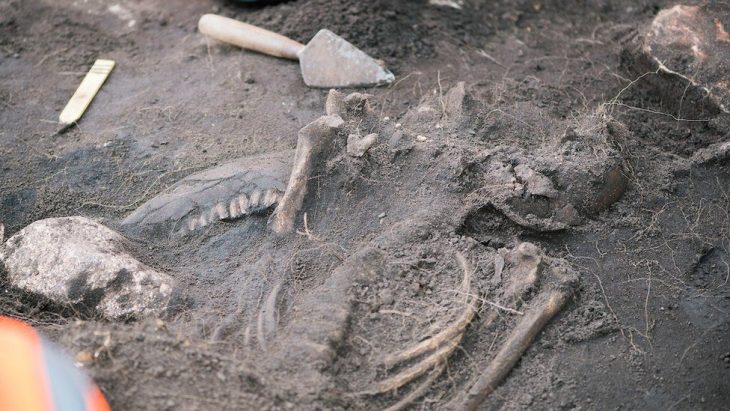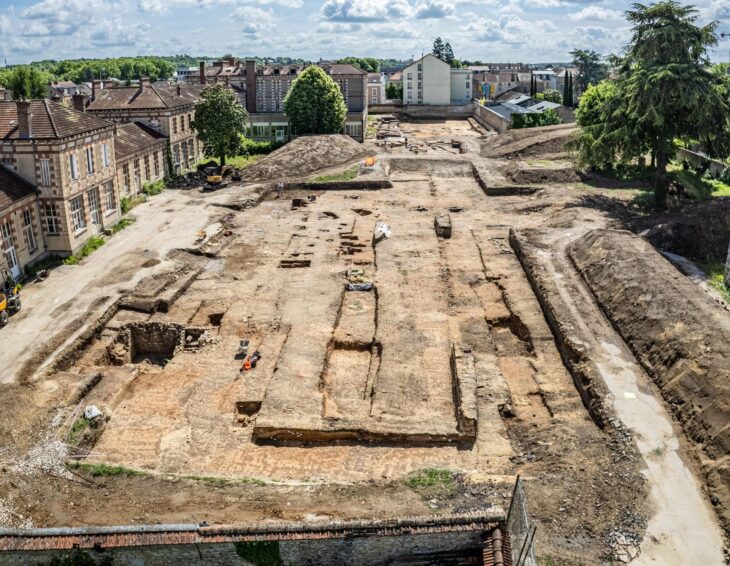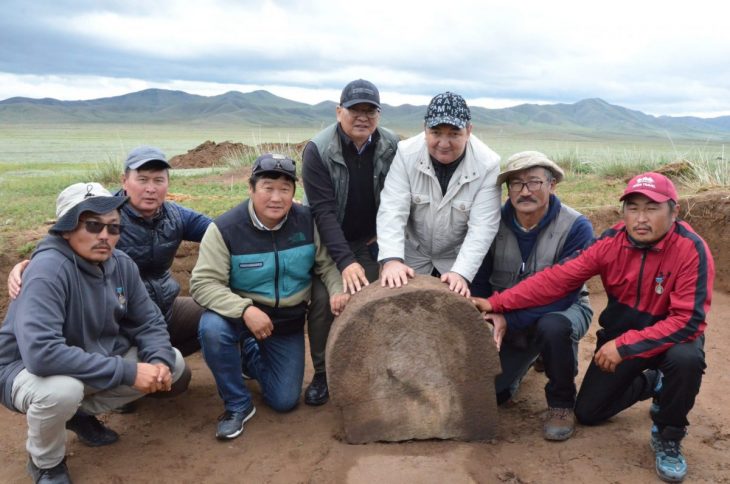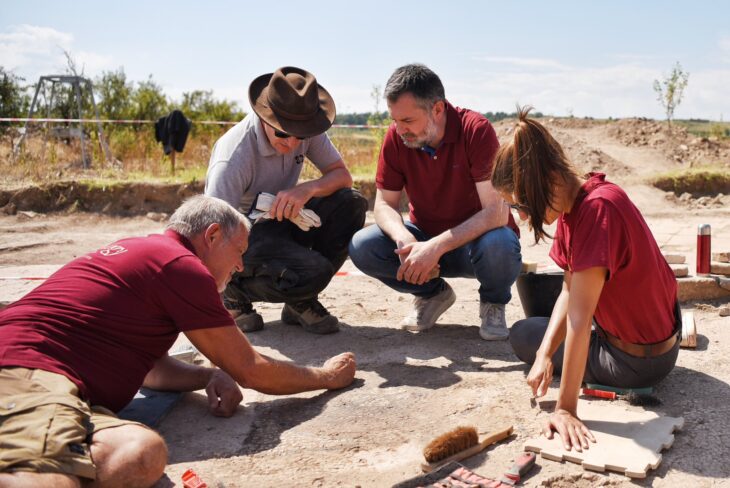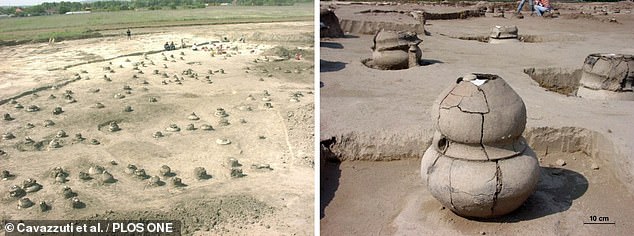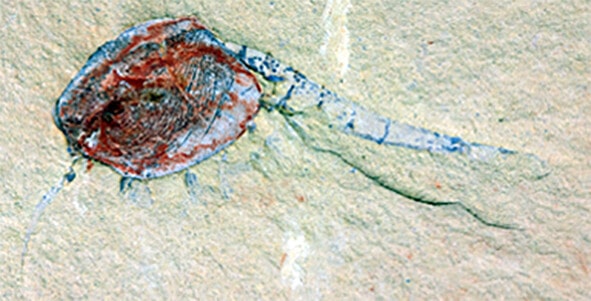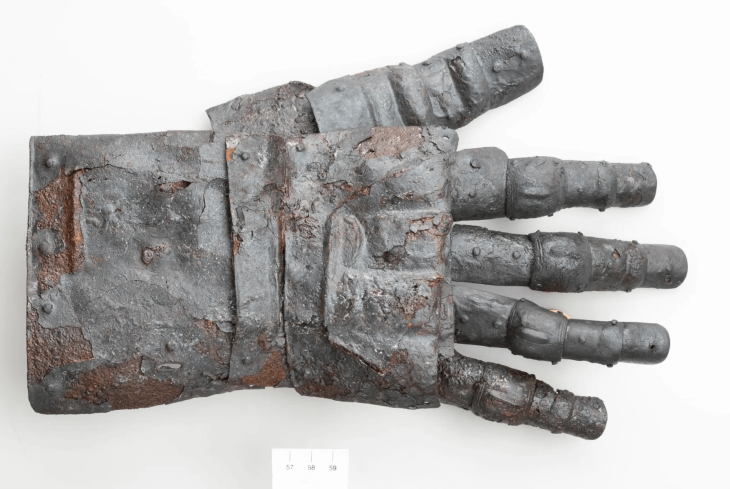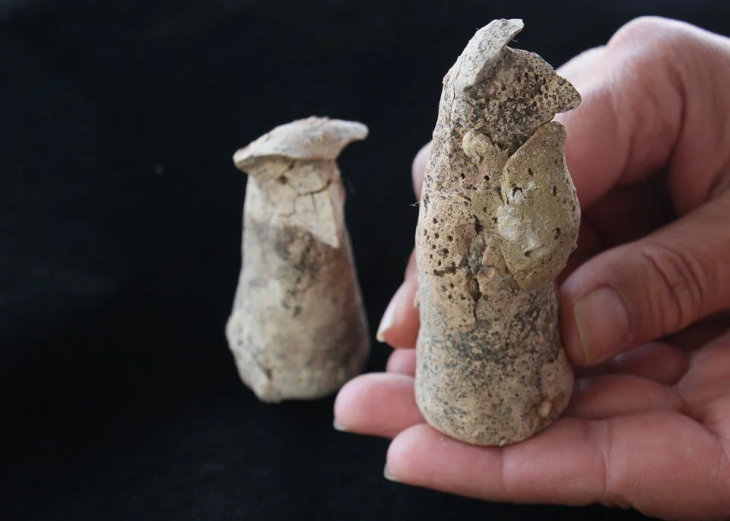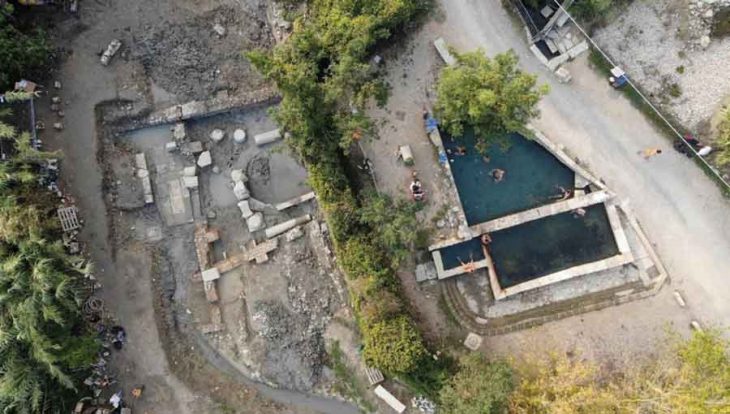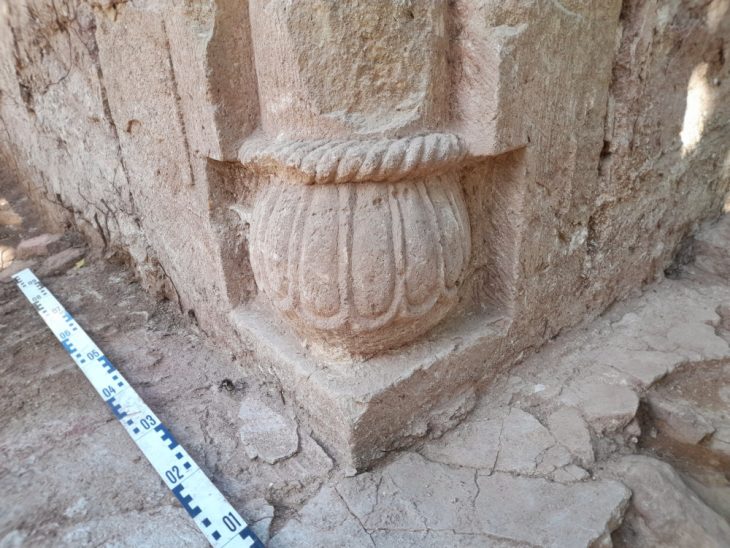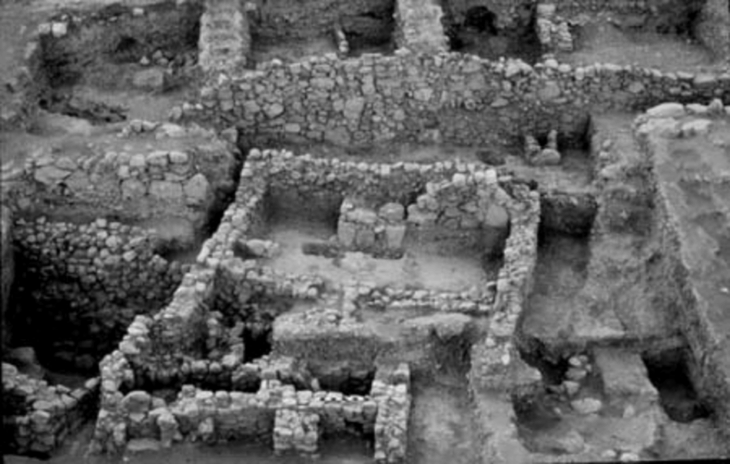A recent archaeological excavation in Egypt’s Nile Delta has uncovered the remains of a long-lost city featuring rare and substantial tower houses—multistory mudbrick structures that reveal sophisticated urban development strategies during the Late and Ptolemaic periods.
These ruins offer invaluable clues into how ancient Egyptians adapted to rapid population growth and complex city life over 2,000 years ago.
The city, known in ancient times as Imet or Buto, was uncovered near modern-day Tell el-Fara’in, around 10 kilometers south of the famous site of Tanis.
A joint excavation led by the University of Manchester and the University of Sadat City used advanced satellite imagery and remote sensing to identify and uncover key parts of the site, including a network of multistory tower houses.
Tower Houses: Solutions for an Expanding Population
At the heart of the discovery are the tower houses—robust, multilevel structures designed to house a growing population in an increasingly urbanized Nile Delta. Constructed from ancient mudbricks and supported by thick foundation walls, these buildings reflect a sophisticated approach to urban density and architectural engineering rarely seen in other parts of Egypt.
📣 Our WhatsApp channel is now LIVE! Stay up-to-date with the latest news and updates, just click here to follow us on WhatsApp and never miss a thing!!
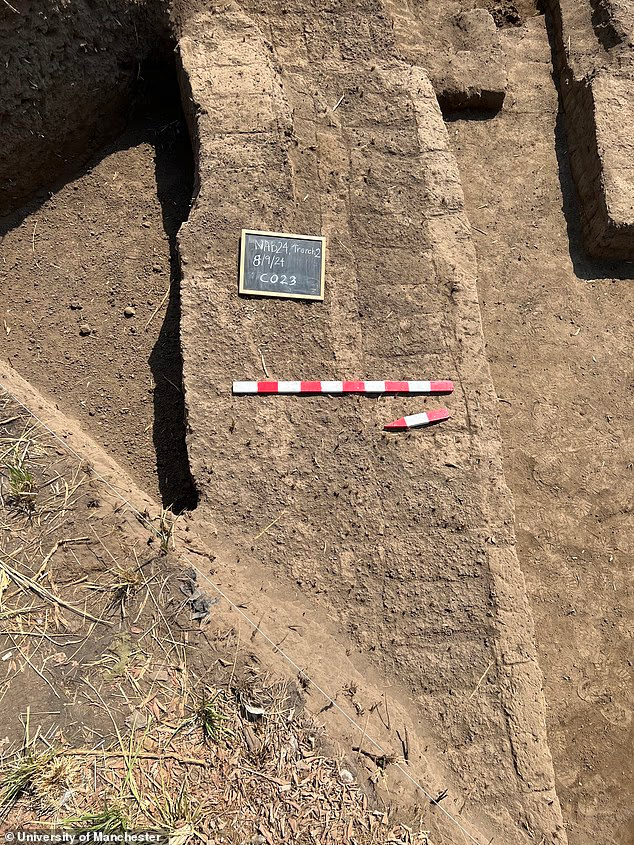
“These tower houses are mainly found in the Nile Delta between the Late Period and the Roman era, and they are rare elsewhere in Egypt,” explained Dr. Nicky Nielsen of the University of Manchester, who directed the excavation. “Their presence shows that Imet was not only a densely built city but also one with a complex urban infrastructure.”
The discovery underscores how ancient Egyptians responded to space constraints and rising population levels with vertical housing solutions—an approach that mirrors modern urban strategies today.
A Thriving Economic and Religious Hub
Imet was more than just a residential center. The excavation also uncovered granaries, animal pens, and a ceremonial road that once connected to the temple of Wadjet, the city’s patron goddess. These findings point to a bustling local economy and vibrant religious activity.
One of the major structures identified was a large building with a limestone-plastered floor and massive pillars dating back to the mid-Ptolemaic Period. This building was constructed across the ceremonial route to the temple, which suggests significant changes in urban planning and possibly religious practice over time.
“The processional road had fallen out of use by the mid-Ptolemaic era,” said Nielsen, “which may indicate shifts in religious customs and temple significance during that period.”
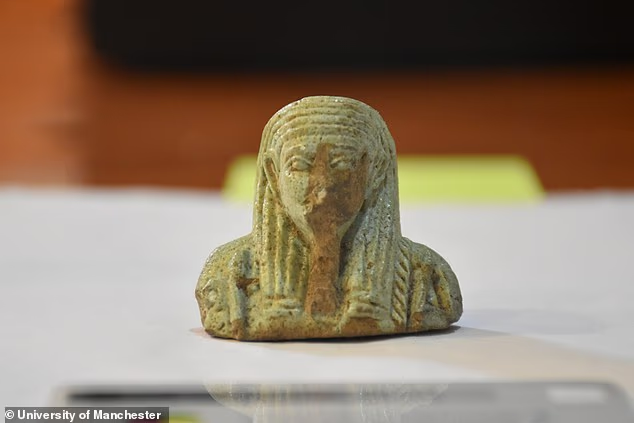
Artifacts from Everyday Life
The excavation yielded several artifacts that offer a window into the daily lives and spiritual practices of the city’s former inhabitants. Among the most notable discoveries was a copper sistrum, a ceremonial rattle associated with the goddess Hathor, found lying outside a collapsed tower house. Researchers believe it fell from one of the upper floors during the building’s abandonment.
Other significant artifacts included a green faience ushabti, a funerary figurine dating from between 664 and 525 BC, and a carved stone slab depicting the child god Harpocrates, surrounded by protective symbols.
“These finds add important context to our understanding of how people lived, worshipped, and built their communities in ancient Egypt,” said Nielsen. “They remind us that archaeology isn’t just about monumental temples—it’s also about everyday life.”
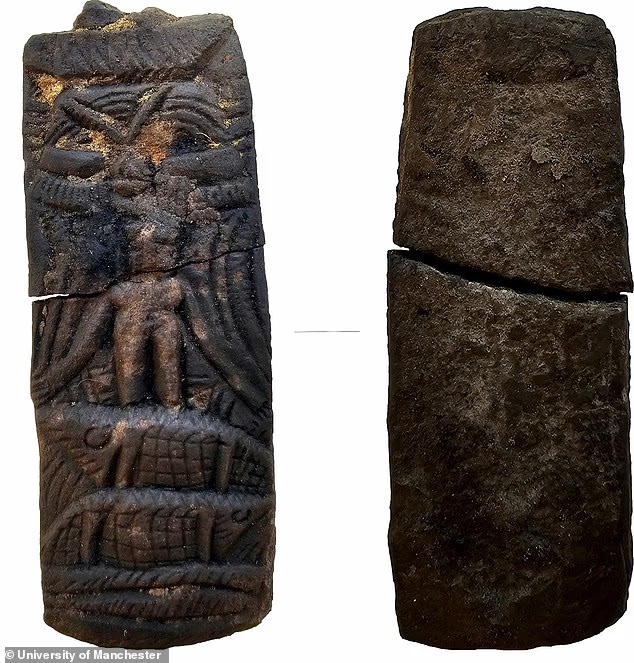
A New Focus for Delta Archaeology
For decades, Egyptian archaeology has focused on temples, tombs, and the afterlife. However, the discovery of tower houses at Imet is helping shift attention to settlement archaeology and domestic architecture.
“This site is becoming one of the most important for understanding urban life in the Nile Delta during the Late Period,” said the University of Manchester in a statement. “The presence of multistory tower houses reveals a city designed for growth, efficiency, and spiritual integration.”
As excavation continues, researchers hope to uncover even more evidence of how these vertical structures contributed to the city’s resilience, functionality, and cultural identity.
The discovery of Imet’s tower houses is not only rewriting what we know about ancient Egyptian city life but also offering timeless lessons about how humans adapt to growing urban landscapes—then and now.
Nielsen, N., Hussein, H., Nikolova, D. T., Tichindelean, M., & Thomsen, K. (2025). Preliminary Report on the 2024 Autumn Season of the Tell Nabasha Project. Ägypten und Levante, 34, 67-82. https://doi.org/10.1553/AEundL34s69
Cover Image Credit: University of Manchester

